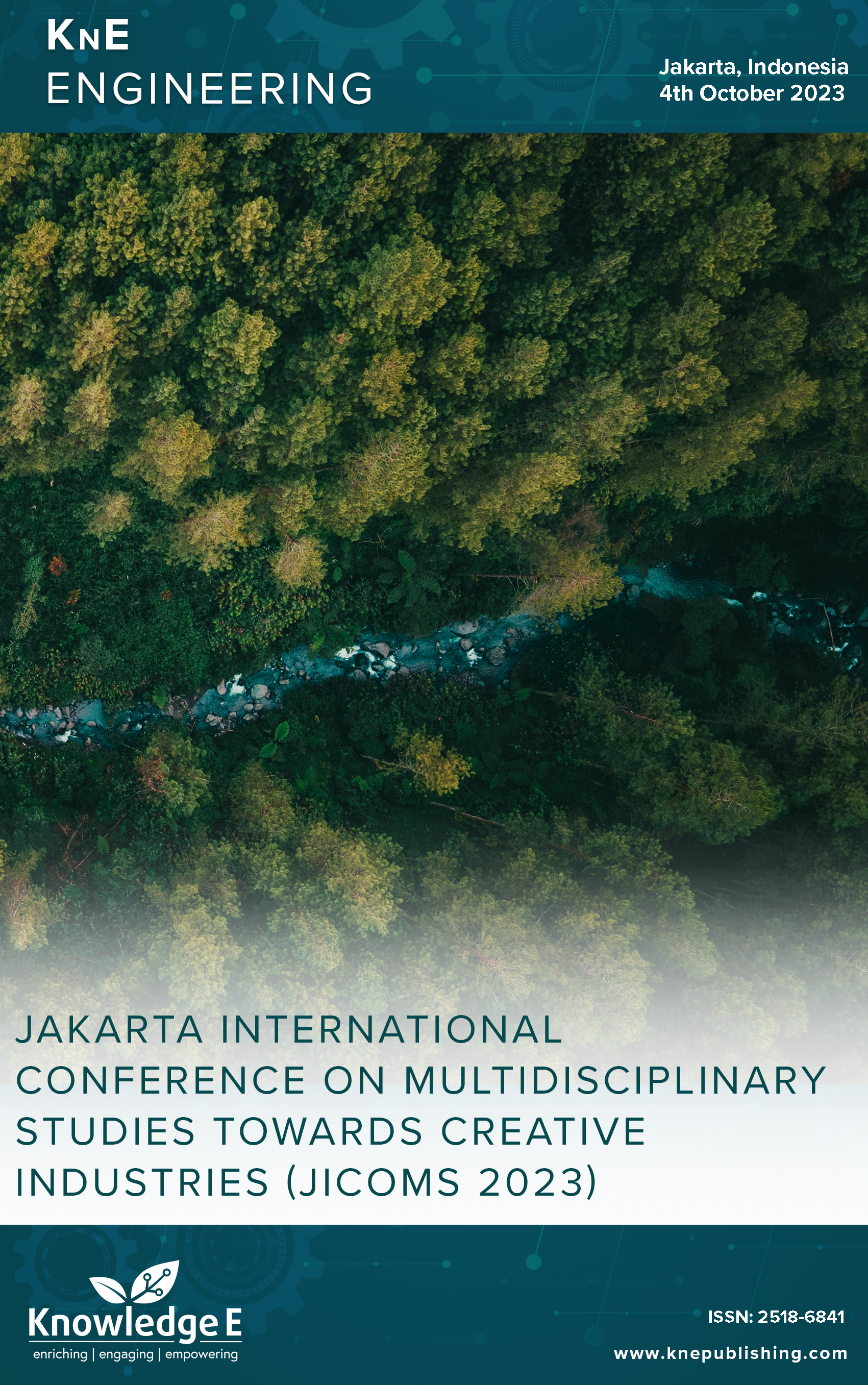Study of PG-Added Fountain Solution for Printing Offset Technique
DOI:
https://doi.org/10.18502/keg.v6i1.15375Abstract
Although the printing technology, especially offset printing, has changed and grown quickly based on advanced invention and production capacity. However, the old offset machine printing such as one or two colour offset machines are still used massively in development countries. It is unpredictable when the old printing technology eliminated completely from the community, since it is affected by the economic level and extraordinary need of the public such as public election. The old machine which has been produced for more than 10 years usually has an issue related to the ink-water balance (iwb). The use of propylene glycol (PG) as single wetting agent improved iwb based on our previous study. Therefore, the effect of PG with fountain solution to the print quality is studied here. A series of fountain solution (FS) with additional content of 0 ppm, 13 ppm, 20 ppm, 40 ppm of PG was used to print an image on the art paper surface using sakurai offset machine. The optical parameters such as optical density (OD) and L*a*b were used to observe the effect of PG content in FS to the quality of printing. The OD on 0 ppm (reference), 13 ppm, 20 ppm and, 40 ppm of PG were 1.76 (reference), 1.83, 1.76, and 1.74, respectively. The optical density was identified as the maximum value at 1.83 on raster 100% of black colour for PG 13 ppm. At 13 ppm PG-added FS, the ΔE values of black (K) and Magenta (M) were 5.2 and 9.8, respectively, while ΔE values of cyan (C) and yellow (Y) were 1.7 and 1.8, respectively. It meant at PG 13 ppm, the K and M were stronger than the reference, while C and Y were equal. The same and lower OD compared to the reference showed unimproved color.
Keywords: offset printing, fountain solution, propylene glycol
References
[2] Tietenberg TH, Lewis L. Environmental and natural resource economics. 9th ed. Boston: Routledge; 2012.
[3] Charter M, Tischner U. Sustainable product design. Volume 1. 1st ed. London: Routledge; 2017.
[4] Soares N, Bastos J, Pereira LD, Soares A, Amaral A, Asadi E, et al. A review on current advances in the energy and environmental performance of buildings towards a more sustainable built environment. Renew Sustain Energy Rev. 2017;77:845–60.
[5] Jarvis AJ, Leedal DT, Hewitt CN. Climate–society feedbacks and the avoidance of dangerous climate change. Nat Clim Chang. 2012;2(9):668–71.
[6] Moreira A, Silva F, Correia A, Pereira T, Ferreira LP, De Almeida F. Cost reduction and quality improvements in the printing industry. Procedia Manuf. 2018;17:623–30.
[7] M. Belitski, C. Guenther, A. S. Kritikos, and R. Thurik, “Economic effects of the COVID- 19 pandemic on entrepreneurship and small businesses,” Small Business Economics, pp. 1-17.
[8] Oladapo BI, Ismail SO, Afolalu TD, Olawade DB, Zahedi M. Review on 3D printing: fight against COVID-19. Mater Chem Phys. 2021 Jan;258:123943.
[9] Adi BW. “Menjawab Tantangan Industri Kreatif di Bidang Penerbitan dan Percetakan Dalam Rangka Meningkatkan Budaya Baca Masyarakat,” Konferensi Nasional. Inovasi dan Technopreneurship. Bogor, Indonesia: Institut Pertanian Bogor; 2013.
[10] Safonov Y, Gutkevych S, Shenderivska L. Peculiarities of Management of Enterprises in the Printing Industry. Baltic Journal of Economic Studies. 2022;8(3):174–84.
[11] Aydemir C, Yenidogan S. The influence of surface tension on wetting in dampening solution and sustainability of printing: a review. Journal of Graphic Engineering and Design. 2019;10(1):5–11.
[12] Nugraha M, Supardianningsih S, Sukma HN, Susiani S, Huynh TT. “The Study of Propylene Glycol Effect as Wetting Agent Content for Offset Printing Technique,” JURNAL ILMU FISIKA| UNIVERSITAS ANDALAS, vol. 15, pp. 30-38, 2023.
[13] Michel B, Bernard A, Bietsch A, Delamarche E, Geissler M, Juncker D, et al. Printing meets lithography: soft approaches to high-resolution patterning. IBM J Res Develop. 2001;45(5):697–719.
[14] Li L, Ahn C. Study on the direct printing of natural indigo dye on cotton fabric using arabic gum. J Korean Soc Cloth Text. 2017;41(2):212–23.
[15] Rossitza S. Offset printing without isopropyl alcohol in damping solution. Energy Procedia. 2015;74:690–8.


